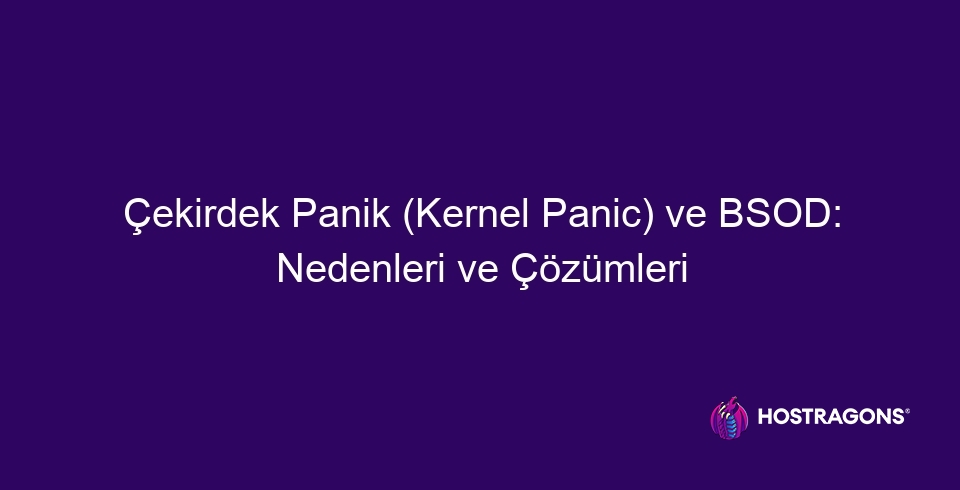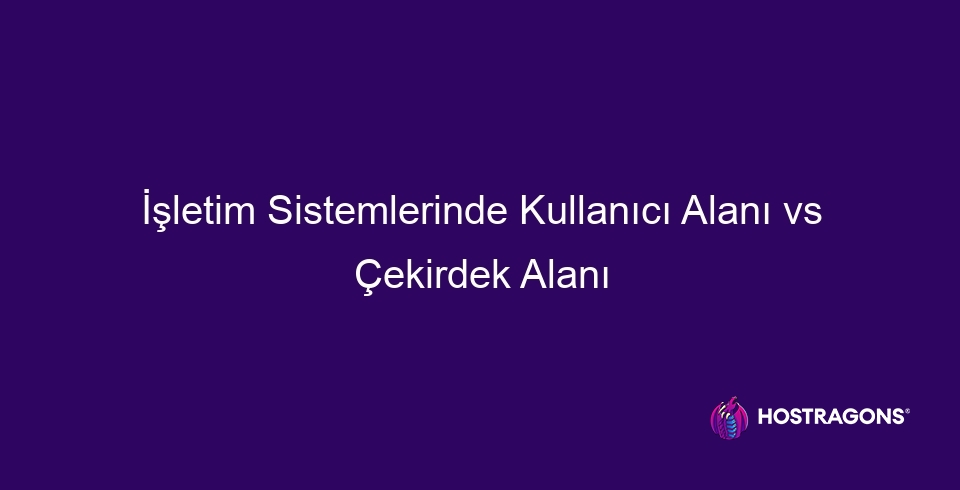Free 1-Year Domain Offer with WordPress GO Service
This category contains information about various operating systems used on web servers and personal computers. It contains detailed content about the features, installations, updates and optimizations of popular operating systems such as Windows, Linux, macOS.

Process and Thread Management in Operating Systems
Process and thread management in operating systems is critical for ensuring the efficient use of system resources and the smooth operation of applications. This blog post examines in detail the concepts, importance, and basic functions of process and thread management in operating systems. The differences between processes and threads are explained, and the steps to follow for process management and best practices for thread management are presented. It also addresses thread management in operating systems, including tools used and common pitfalls. Finally, practical tips for successful management in operating systems are provided, helping readers optimize system performance. What is Process and Thread Management in Operating Systems? Process and thread management in operating systems is...
Continue reading

Kernel Panic and BSOD: Causes and Solutions
This blog post provides comprehensive information about Kernel Panics and BSODs (Blue Screen of Death), two common system errors. It first explains what a Kernel Panic and a BSOD are, the differences between them, and why they're important. It then provides a detailed look at the common causes and symptoms of a Kernel Panic, along with examples of typical error codes encountered in BSODs. The post offers step-by-step solutions and troubleshooting techniques for both issues, and concludes with strategies for preventing these types of errors. The goal is to help readers recover from these errors by taking informed action. What is a Kernel Panic? Basic Information and Its Importance...
Continue reading

How Does Driver Software Work and Are Developed?
This blog post provides a comprehensive overview of driver software. Starting with the basics, it explains in detail the importance and benefits of driver software. It examines its operating principles, different types, and areas of use, while providing step-by-step guides for updating it. It also addresses common errors and performance analysis methods. It concludes with a look at best practices for driver software and offers insights into future development. This guide contains valuable information for anyone interested in understanding how driver software works and how it is developed. What is Driver Software? The Basics Driver software is critical software that enables computer hardware and connected devices to communicate with the operating system. This software acts as a kind of translator,...
Continue reading

User Space vs Kernel Space in Operating Systems
Operating systems have two primary domains: userspace and kernelspace, which provide access to system resources and security. Userspace is a limited-authority domain where applications run. Kernelspace, on the other hand, is a more privileged domain with direct access to hardware and system resources. The differences between these two domains are critical for security, performance, and system stability. This blog post examines the definitions, characteristics, differences, and relationships of these two domains in detail. It also touches on topics such as security measures, performance optimization, and current trends. A proper understanding of these two domains in operating systems ensures more efficient and secure systems. In Operating Systems...
Continue reading

Installing Multiple Operating Systems: Dual Boot and Multi-Boot Guide
Multiple operating systems allow you to host multiple operating systems on a single computer. This blog post explains in detail what multiple operating systems are, why they should be used, and the differences between dual boot and multi-boot. It focuses specifically on the dual boot and multi-boot installation stages, thoroughly covering the necessary tools, software, and preliminary steps. It provides a step-by-step guide for dual boot installation and details how to set up multi-boot systems. It highlights the advantages of using multiple operating systems and concludes with implementation recommendations. This guide is a comprehensive resource for those exploring multiple operating systems. What are Multiple Operating Systems? Multiple operating systems are...
Continue reading

I/O Management and Device Drivers in Operating Systems
I/O management in operating systems is a critical process that governs how computer systems interact with their peripherals. This blog post details the nature, importance, and fundamental functions of I/O management in operating systems. It examines the roles and functions of device drivers, the tools required for I/O management, and the different types of device drivers. It also covers common I/O errors, performance improvement strategies, and future trends. A step-by-step guide on how to upgrade device drivers is provided, highlighting I/O management and the necessary precautions for device drivers. The goal is to understand the complexities of I/O management and provide practical information for optimizing system performance. What is I/O Management in Operating Systems? I/O...
Continue reading

Automation with macOS Terminal Commands and Bash Scripting
This blog post, designed for macOS users, explores the macOS Terminal in depth, revealing its automation potential. Emphasizing the Terminal's numerical data and importance, the post explains what Bash Scripting is and how to use it, starting with basic commands. It covers basic commands, things to keep in mind, the benefits of automation, and usage scenarios in detail. Readers are inspired by advanced scripting techniques, productivity tips, and actionable projects. The conclusion provides practical advice on how to use macOS Terminal effectively. Understanding macOS Terminal Through Numbers and Statistics: While many users may think of macOS Terminal as a complex tool, its potential is actually quite substantial. By providing access to the depths of the operating system, Terminal allows you to access various commands via the command line...
Continue reading

Windows Registry: Structure, Usage, and Troubleshooting
The Windows Registry is the heart of the Windows operating system and contains all sorts of information, from system settings to application configurations. This blog post explains in detail what the Windows Registry is, why it's important, and its structure. You'll learn about its uses, benefits, and cleaning steps, as well as how to make safe changes. Furthermore, with practical information such as troubleshooting strategies, frequently asked questions, and precautions, you can use the Windows Registry more consciously and confidently. Ultimately, this guide emphasizes the importance of using the Registry correctly and effectively. Windows Registry: What is it and Why is it important? The Windows Registry is a hierarchical database at the heart of Windows operating systems, storing system and application settings.
Continue reading

User and Group Management on Linux Systems
User and group management on Linux systems is critical for system security and efficiency. This blog post examines in detail the basic concepts of user and group management in Linux systems, user types and authorization steps. While emphasizing the benefits of group management and security measures related to privilege management, user and group management tools are also mentioned. It is aimed to create a safer and more efficient environment in Linux systems by presenting effective group management strategies with common mistakes and advanced management techniques. As a result, the importance of user and group management is reinforced along with application methods. The Importance of User and Group Management in Linux Systems User and group management in Linux systems is a key part of system security and...
Continue reading

Operating Systems Security Updates: Importance and Management
Operating systems security updates are our first line of defense against cyber threats. This blog post details why operating systems security updates are critical, common threats encountered, and how to manage these updates effectively. Discover the benefits of tracking monthly updates, updating regularly, and creating a comprehensive update schedule. We also touch on the update tools you can use for operating systems and important recommendations from cybersecurity experts. Find out how to best protect your systems by determining the ideal level of update frequency. Finally, the importance of security updates and the lessons to be learned in this area are emphasized. Why Are Operating Systems Security Updates Important? Nowadays, cyber...
Continue reading

